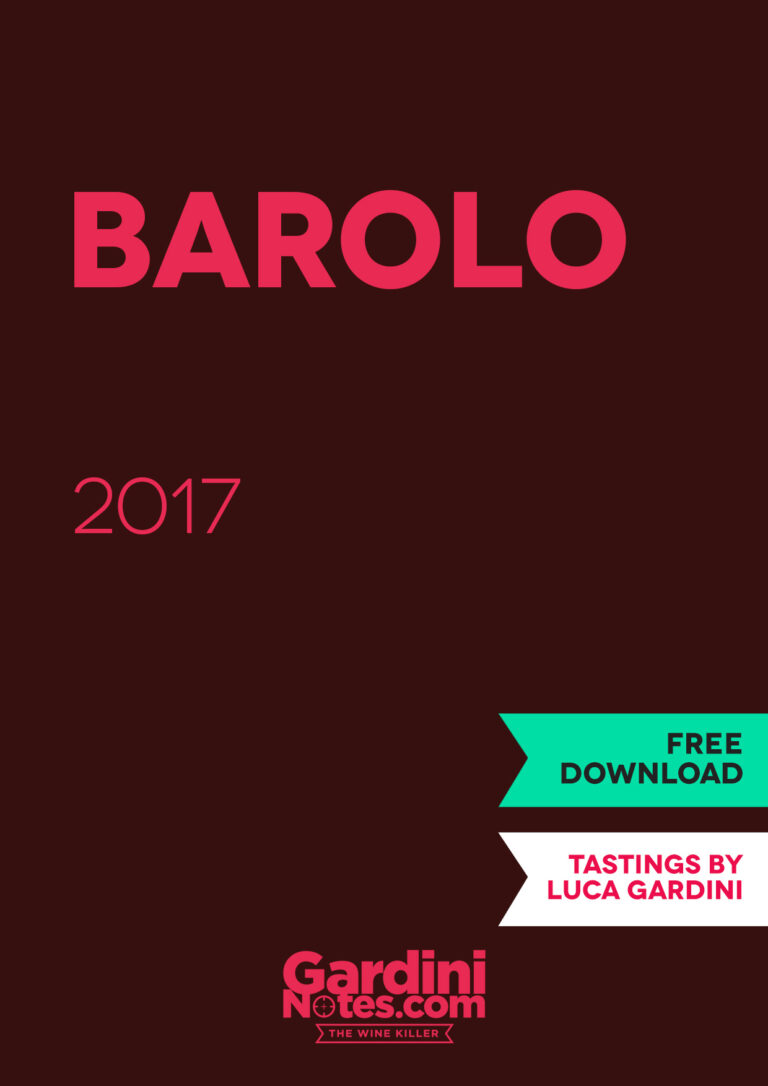Great wines are produced from the Nebbiolo grape in the Langhe, a recently declared Unesco World Heritage site located in the Southeastern part of the Piedmont, near Liguria.

NEBBIOLO 100%
In the Langhe, various soils and mineral deposits are present, which contribute to the countless interpretations of Barolo. Sedimentary clay, the Sant’Agata Marls: chalk marls mixed with grey-blue sandstone, Diano’s sandstone: a dark grey sandstone interspersed with clay, and the formations of Lequio: red-gray stones striated with gray marls, are the important variances of the Langhe soil. The resulting Barolo is a fine, as well as, strong wine.
Verduno (in 2018 composed of 1 0 9 ha):
• Pelaverga, a native red grape, is cultivated in this area.
• The wines are not as strong as those of Serralunga.
• Monvigliero is the most important cru of this area.
Castiglione Falletto (in 2018 composed of 145 ha):
• Densely elegant, solid wines with strong tannins and earthy flavors.
• Monprivato and Bricco Boschis are two important and well-known crus.
Serralunga d’Alba (in 2018 composed of 353 ha):
• Fully textured wines that are sometimes quite rough and powdery.
• The flavors recai I red fruits preserved in alcohol.
• Vigna Rionda and Francia are two important and well-known crus.
Grinzane Cavour (in 2018 composed of 60 ha)
• in the northeastern part of the denomination, can be divided into three
sectors.
• Sant’Agata Fossili Marls prevails in the soil.
• Garretti and Castello are the two important and well-known crus.
La Morra (in 2018 composed of 537 ha):
• Less structured wines with very strong aromas.
• Brunate and Cerequio are two important and well-known crus.
Novello (in 2018 composed of 184 ha):
• Nascetta, a native white grape, is cultivated in this area.
• The wines are often wild, minty, and spicy with good tannins.
• Ravera is the most important cru of this area.
Barolo (in 2018 composed of 253 ha):
• Fruity, fine, and strong wines.
• Sarmassa and Cannubi are two important and well-known crus.
Monforte d’Alba (in 2018 composed of 461 ha):
• Wines vary greatly depending on hillside location.
• Characteristic salty feel.
• The Western side produces wines from Bussia.
• The Eastern side produces wines, such as Ginestra, Gavarini, and Mosconi, stronger in tannins.
Diano d’Alba (in 2018 composed of 20 ha):
• The typical soil is called Arenarie di Diano, very rich in sand and less calcareous than
others.
• Gallaretto, La Vigna and Sorano are the only crus.
• This area is famous for the cultivation of Dolcetto, a native red grape.
The other lands that typify the Barolo production area are Roddi (24 ha) and Cherasco. lt is important not to generalize the Barolo. Each area, each producer, and obviously, each vintage could result in a wine that differs from the above indications.

As for the tastings made, I can conclude that 2020 is a year that is the result of a sunny and balanced harvest, characterized by the great fruit, crunchiness and density, from which it emerges. In some cases, great balance between components of freshness and saltiness but made above all of power, elegance and depth. Wines of pleasant drinkability, interesting right from the start, with peaks of absolute excellence distributed among Cannubi crus in Barolo, Ravera cru in Novello, Castellero cru in Barolo and in the historic Vignarionda vineyard in Serralunga d’Alba.














